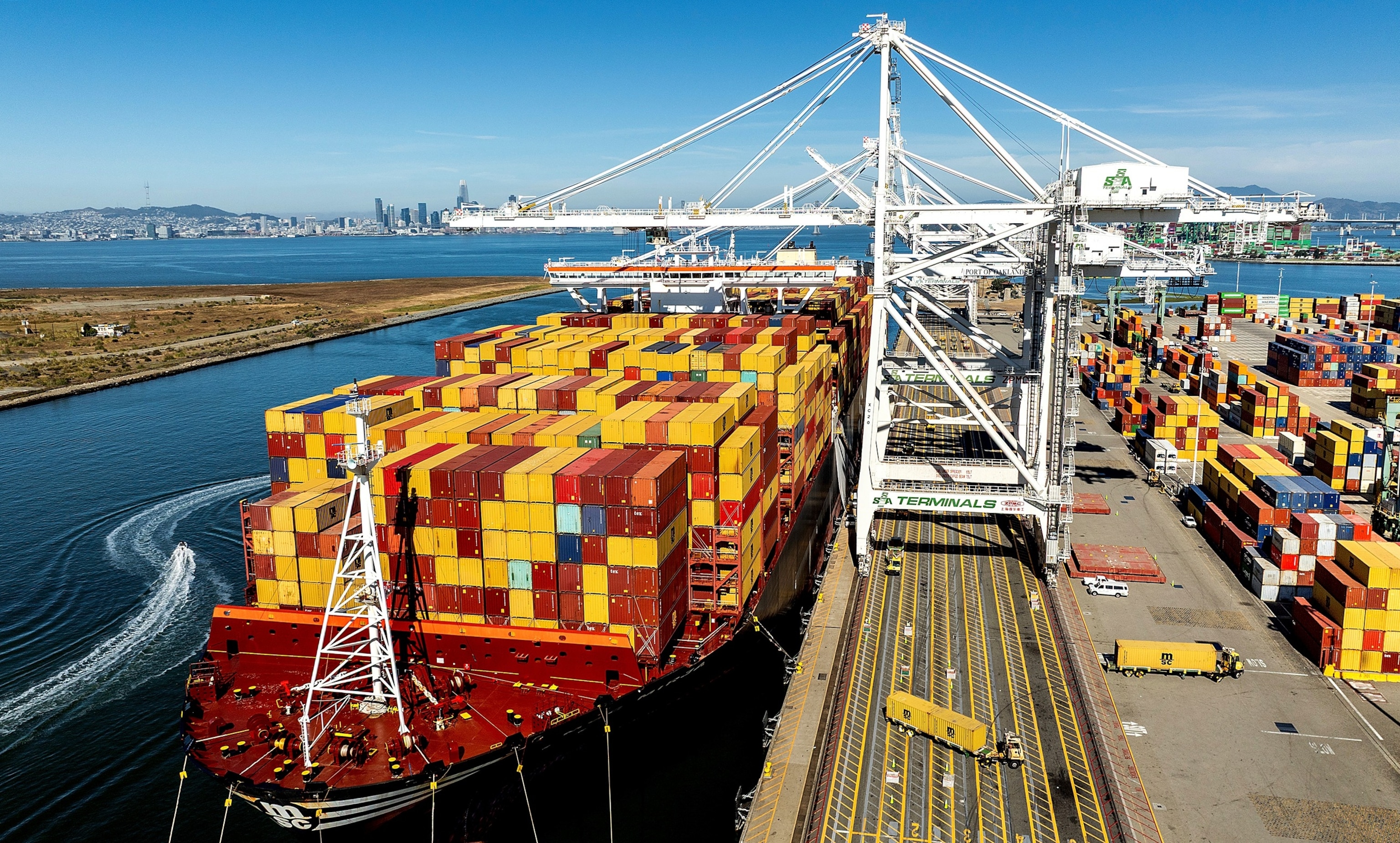El texto original está escrito en inglés y no contiene palabras clave entre llaves. Aquí está su versión reformulada:
The United States has introduced a large-scale increase of import tariffs impacting products from various nations, indicating a significant change in global trade policy. These actions, enforced this week, apply to an extensive array of items and signify one of the most notable trade policy actions in recent times. This decision perpetuates the existing pattern of employing tariffs as a key instrument for achieving economic and diplomatic goals.
This newest set of trade limitations builds on former tariff strategies implemented in past years, yet with broader range and reach. Experts observe the initiatives seem to aim at safeguarding national sectors while promoting efforts to bring manufacturing back home. The duties impact both conventional manufactured items and new tech products, illustrating the evolving dynamics of international supply networks and market rivalry.
Countries across Europe, Asia, and North America find themselves subject to these new trade barriers. The breadth of affected nations suggests a strategic approach rather than targeting specific bilateral relationships. Trade experts observe that this represents a departure from more conventional free trade principles that have guided international commerce for decades.
The economic impact of these tariffs will likely unfold gradually as businesses adjust their supply chains and pricing strategies. Initial reactions from affected industries have been mixed, with some domestic manufacturers welcoming the protection while import-dependent businesses express concern about increased costs. Consumer advocates warn that these measures may eventually lead to higher prices for certain goods, though the full effect won’t be immediately apparent.
The global reaction has unsurprisingly been negative, with multiple trade allies already revealing strategies for countermeasures. This back-and-forth situation is causing worry among economists regarding the possibility of increasing trade conflicts. Past examples indicate that these kinds of trade disagreements can occasionally result in wider economic effects if not handled with caution.
The tariff structure appears designed with multiple objectives in mind. Some categories face particularly high rates, suggesting strategic priorities in protecting or promoting specific domestic industries. Other products receive more moderate increases, indicating a more nuanced approach to trade adjustment. This variation reveals the complex calculations behind modern trade policy decisions.
Legal specialists are investigating if the actions align with global trade regulations and current pacts. Earlier tariff initiatives encountered disputes in numerous resolution arenas, and it is probable that these fresh actions will face equivalent examination. The results of these disputes might impact the duration of these policies’ implementation and if adjustments are required.
For businesses operating in global markets, the tariffs create new compliance challenges and strategic decisions. Companies must now evaluate whether to absorb the additional costs, pass them along to consumers, or reconfigure their supply networks. Larger corporations with diverse operations may have more flexibility to adjust than smaller businesses tied to specific import channels.
The timing of these tariffs coincides with broader discussions about globalization and economic sovereignty. Many nations are reevaluating their dependence on foreign suppliers for critical goods, a trend accelerated by recent global disruptions. These trade measures can be seen as part of that larger reassessment of how nations participate in international commerce.
Investor responses have generally been restrained up to this point, indicating that market participants likely expected these changes. Nevertheless, some industries have experienced sharper shifts, mainly those directly influenced by the newly established trade restrictions. The future effects on the market will hinge on how these policy measures interplay with various economic elements in the forthcoming months.
As the global economy slowly rebounds from recent difficulties, these tariffs add another layer of complexity to an already intricate situation. Decision-makers will have to closely observe their impact, balancing local priorities with global relationships. The effectiveness of these actions will ultimately hinge on whether they provide the desired advantages without causing excessive unintended consequences.
These developments come at a time when traditional trade alliances and patterns are undergoing significant reevaluation. The new tariffs may accelerate existing trends toward regional trade blocs and alternative supply chain configurations. How permanent these changes become will depend on numerous factors, including how trading partners respond and whether the expected economic benefits materialize.
For consumers, the practical implications may take time to become fully apparent. While some product categories could see immediate price changes, others may experience more subtle effects as manufacturers adjust their production and sourcing strategies. The cumulative impact on household budgets remains uncertain and will likely vary significantly across different income groups and regions.
The tariffs also raise important questions about the future direction of international economic policy. As nations increasingly prioritize economic security and domestic resilience, traditional approaches to free trade face growing scrutiny. These measures represent one approach to balancing open markets with national interests, though certainly not the only possible strategy.
As implementation begins, all parties involved will be watching closely for both intended and unintended consequences. The coming months will provide valuable evidence about the effectiveness of this approach and whether adjustments might be warranted. In the complex world of international trade, even sweeping changes often represent just one move in a much larger and ongoing economic chess game.

